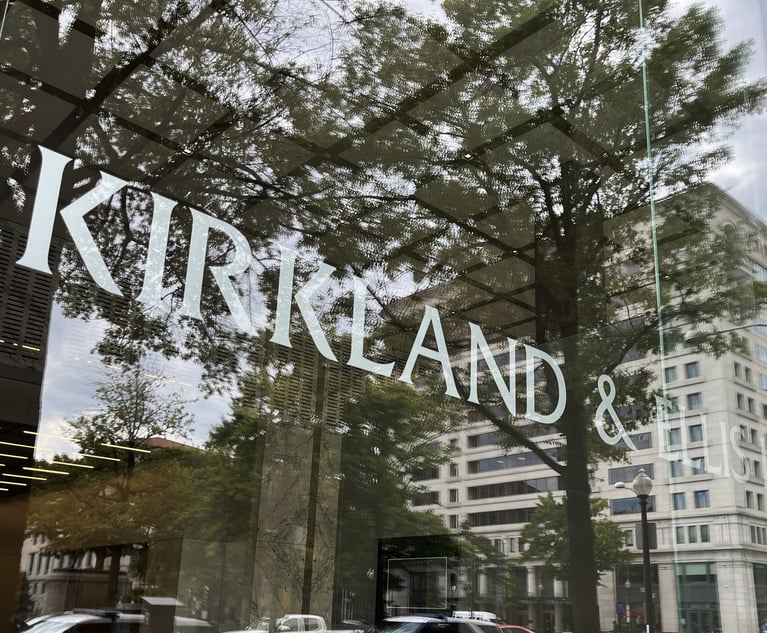When the remains of Dickstein Shapiro went shopping for a new home in early 2016, most potential suitors saw the firm’s insurance recovery practice as a conflict-ridden complication—a deal breaker. For Blank Rome, it was an opportunity, albeit one that forced some tough decisions.
By February 2016, Philadelphia-based Blank Rome decided to make the deal, adding the insurance practice and about 80 other lawyers from Dickstein Shapiro. Two-and-a-half years later, the practice has grown through some key lateral hires, and has successfully cross-sold to dozens of legacy Blank Rome clients. But that meant cutting ties with at least one major insurer client.
This content has been archived. It is available through our partners, LexisNexis® and Bloomberg Law.
To view this content, please continue to their sites.
Not a Lexis Subscriber?
Subscribe Now
Not a Bloomberg Law Subscriber?
Subscribe Now
LexisNexis® and Bloomberg Law are third party online distributors of the broad collection of current and archived versions of ALM's legal news publications. LexisNexis® and Bloomberg Law customers are able to access and use ALM's content, including content from the National Law Journal, The American Lawyer, Legaltech News, The New York Law Journal, and Corporate Counsel, as well as other sources of legal information.
For questions call 1-877-256-2472 or contact us at [email protected]











